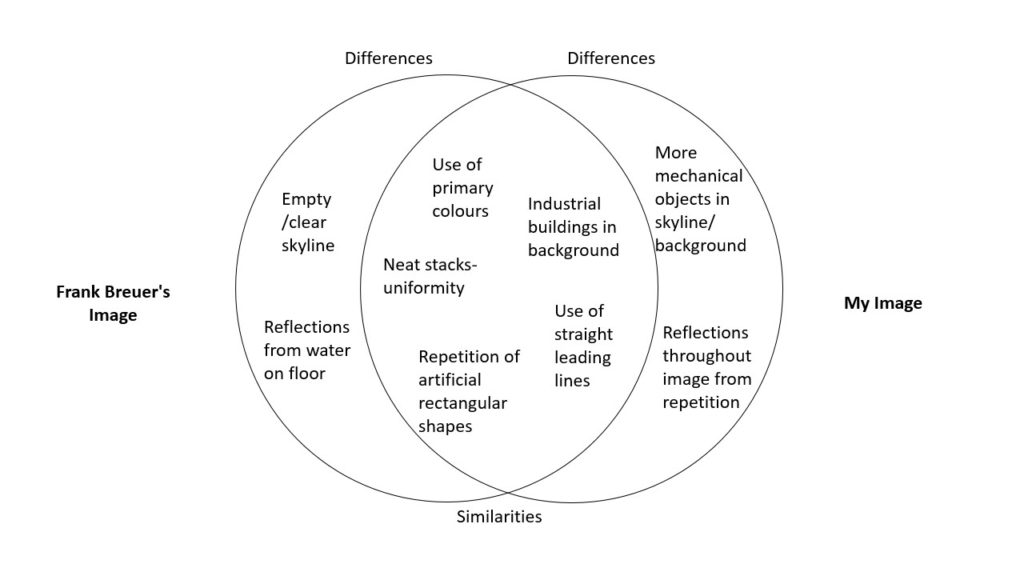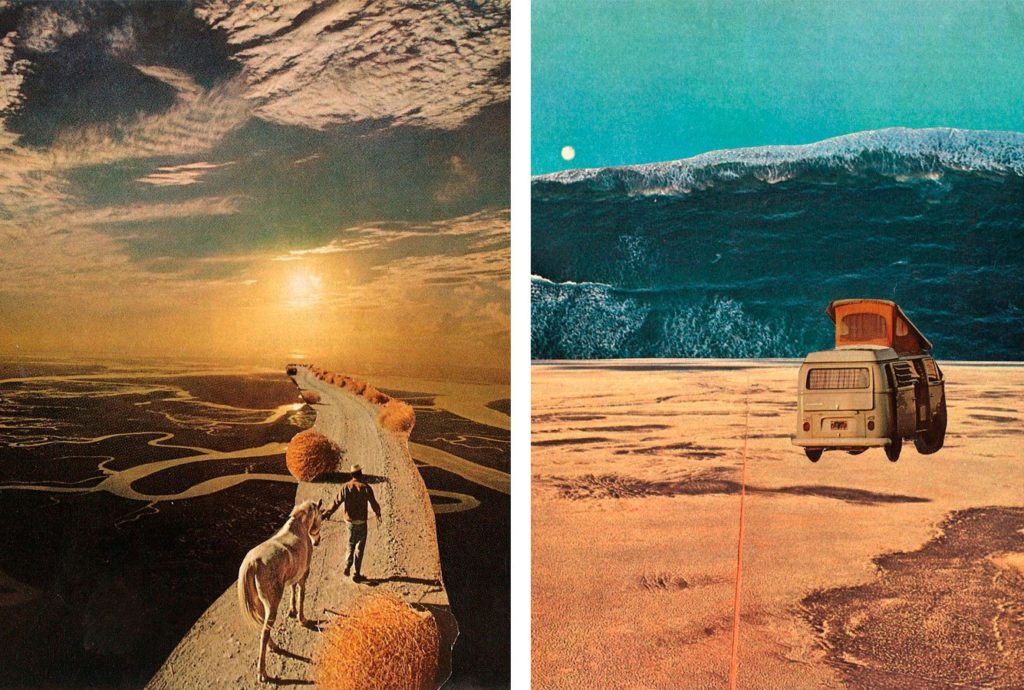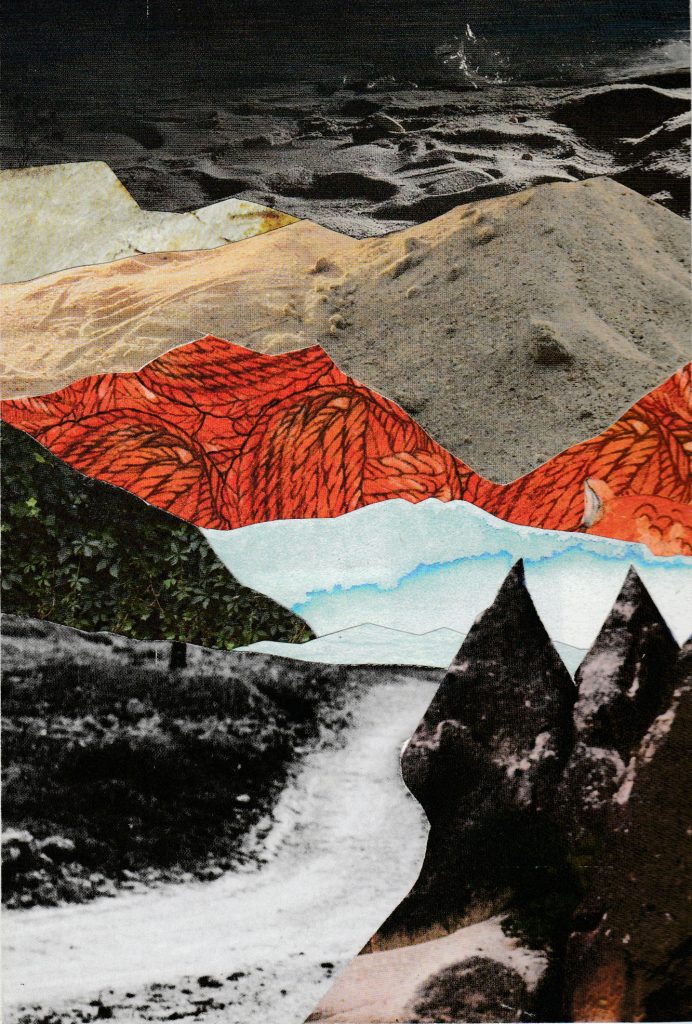VILDE ROLFSEN
Vilde is an Norwegian photographer which she extracts beauty from discarded plastic bags while raising awareness about throw-away culture. This topic links to Anthropocene as for the issues caused by plastic throw away each day due to humans. The destruction we cause to our planet, land and ocean, by the use and waste of plastics and typically plastic bags, is what Vilde wants to express through her work. She does this by exposing all different plastic bags from a macroscopic perspective. Her photography is seen to be an abstract approach to the topic of Anthropocene. Here are some examples of her work…

-Analysis
As we can see Vilde likes to make as such another world to be seen inside these plastic bags. The dynamic colors that flow through the creases in the bags, as if they were veins, and the way in which the bags have their own sense of mood and atmosphere. They almost relate to having a life such as a human. This links to Anthropocene as the plastic bags photographed are there to raise awareness of the wastage of plastic bags and also how they relate to humans. The abstract touch to these images can be seen as the camera quality is in good focus when us close and how the plastic bag fills the image with different turns and bands. Looking at the image also seems to be looking through a oddly looking cave with vibrant colors that strike through. Light floods through from lots of angles and darker areas are formed. The photos are made up of lots of different lines that are in a sense crushed, and flow in different directions. Vilde’s work is different and uncommon which makes you question what you are actually looking at when looking at first glance.
NAOMI WHITE
Naomi is a photographer who is working on ideas to express the plastic crisis that is happening daily on earth due to humans. Similarly to Vilde, Naomi photographs plastic bags in a beauty way. Using the color of the bag to be vibrant and eye catching she uses a studio to capture different angles and ways in which plastic bags can be photographed.

-Analysis
Naomi has a more outside approach to plastic bags rather than inside to Vilde’s work. The colors flowing through the creases of the bags yet again is what makes these bags interesting to look at as a photo. They almost look like other worldly creatures. Naomi has chosen to photograph plastic bags to raise awareness of the use of plastics and what it does to harm the earth. Her images seem to represent some sort of destruction with the way the camera has captured the lighting that floods through the loose and thin parts of the bags. I think Naomi’s work relates to theme of Anthropocene because she is trying to show to beauty within the colors of the bags but at the same time they have a sense of destruction and ruin. This relates to the way how man kind is destroying the world with our day to day lives, weather that is using the smallest thing such as a plastic bag



































